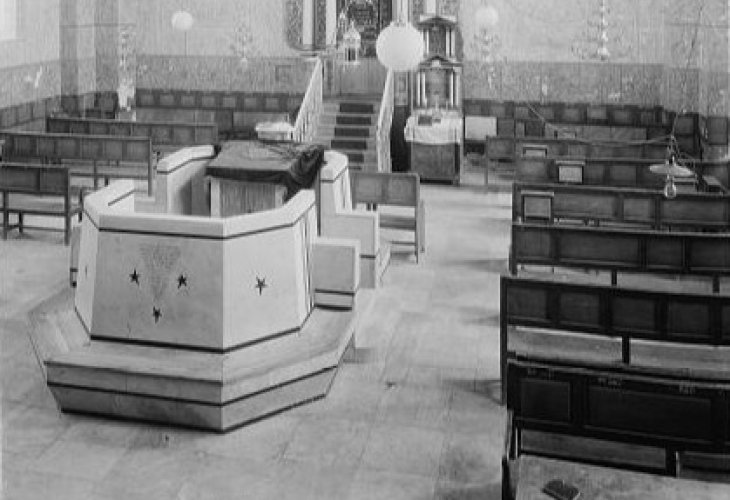History and Archaeology
The Hurva Synagogue: From Destruction to Rebirth in the Heart of Jerusalem
Rabbi Yehuda HaChasid’s Hurva Synagogue stands as a timeless symbol of Jewish resilience and renewal
 The interior of the Hurva Synagogue between 1934–1939, from the Library of Congress collection
The interior of the Hurva Synagogue between 1934–1939, from the Library of Congress collectionLocated at the heart of Jerusalem’s Old City Jewish Quarter, the Hurva Synagogue — originally founded by Rabbi Yehuda HaChasid — stands as a symbol of the Jewish people’s endurance and rebirth in their ancient capital.
The 18th-Century Beginnings
The synagogue was first built in the early 18th century by a group of Jewish immigrants who arrived in Jerusalem with Rabbi Yehuda HaChasid. It served as the spiritual and communal center for the Ashkenazi Jewish community in the Old City.
However, after Rabbi Yehuda HaChasid’s death, the community fell into severe debt to local Muslim creditors.
On the 8th of Cheshvan, 1721, those creditors set fire to the synagogue and expelled all Ashkenazi Jews from Jerusalem.
The site lay in ruins for nearly 130 years, and became known as “Hurvat Rabbi Yehuda HaChasid” — the Ruin of Rabbi Yehuda HaChasid — or simply “Hurva,” meaning “the Ruin.”
Rebirth Under the Disciples of the Vilna Gaon
In the 19th century, new Jewish immigrants — disciples of the Vilna Gaon — managed to redeem the land and rebuild the synagogue.
The new structure was magnificent, with a large dome that became one of Jerusalem’s architectural landmarks.
For decades, it stood as the main Ashkenazi synagogue of Jerusalem and a central hub for Torah study, prayer, and communal life.
Destruction and Restoration
In 1948, during Israel’s War of Independence, the Hurva was destroyed again, this time by Jordanian Legion forces when the Jewish Quarter fell. Its iconic dome collapsed, leaving the synagogue in ruins once more.
For many years, the Hurva remained a symbol of loss and longing. Finally, in the early 21st century, the synagogue was rebuilt and restored to its former grandeur. The reconstruction faithfully replicated its 19th-century design, complete with its soaring dome and ornate interior.
Today, though fully restored, the synagogue still bears its historic name: “Beit Knesset HaHurva” — The Hurva Synagogue, a reminder of both its destruction and miraculous rebirth.

